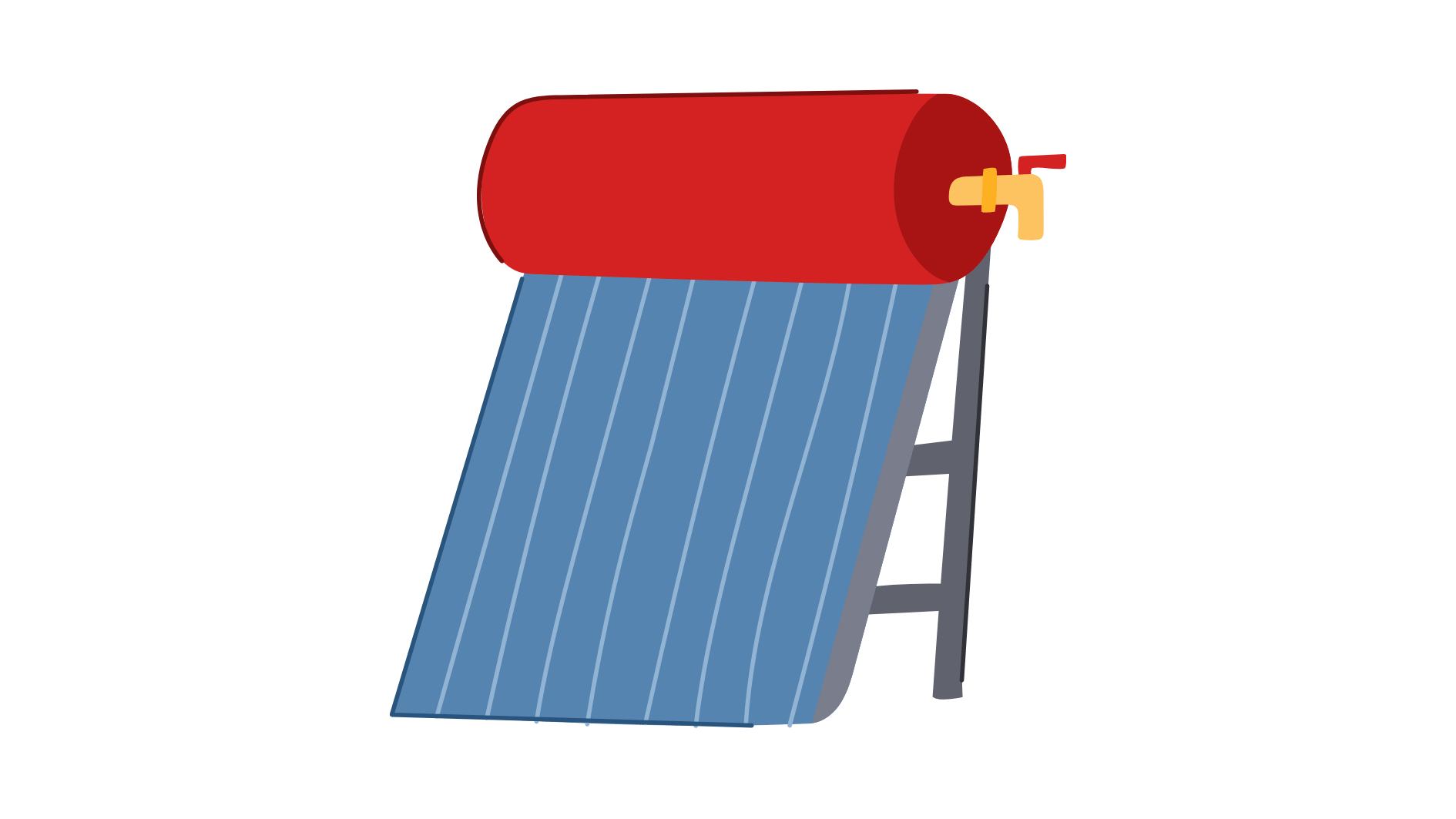Back to: Solar Water Heaters: Harness the Sun, Heat Your Water, Save Big!
What is a Solar Water Heater?

A solar water heater (SWH) is a renewable energy system that captures sunlight and converts it into heat to warm water for residential, commercial, or industrial use. Unlike traditional water heaters that rely on electricity or gas, SWHs harness free solar energy, making them cost-effective and environmentally friendly.
Solar water heaters are widely used worldwide, especially in sunny regions, as they reduce energy costs while decreasing dependence on fossil fuels. With proper installation, an SWH can supply up to 80% of a household’s hot water needs, significantly cutting energy expenses.
How Do Solar Water Heaters Work?
The system works by absorbing solar radiation through solar collectors. This heat is transferred to water, which is then stored in an insulated tank for later use. Some systems use a heat exchanger fluid, such as antifreeze, to prevent freezing in colder climates.
The basic working principle includes the following steps:

Solar radiation is absorbed by the collectors, which convert sunlight into heat.

Heat is transferred to the water or heat-transfer fluid circulating through the system.

Hot water is stored in an insulated tank for later use, ensuring a steady supply.

Backup heating (electric or gas) may be used on cloudy days or during high-demand periods.
Key Components of a Solar Water Heater
To understand solar water heaters better, let’s break down their major components:

✔️ Solar collectors – These are the most critical components, as they absorb sunlight and convert it into heat. There are different types of collectors, including flat-plate collectors, evacuated tube collectors, and concentrating collectors.
✔️ Storage tank – An insulated tank stores heated water for use when sunlight is unavailable.
✔️ Circulation system – In some systems, pumps circulate water or heat-transfer fluid between the collectors and the storage tank.
✔️ Heat exchanger (in indirect systems) – Transfers heat from the collector fluid to the potable water supply.
✔️ Controller & pump (for active systems) – Regulates the system’s performance by controlling the flow of water or heat-transfer fluid.
Types of Solar Water Heaters
Solar water heaters are classified into active and passive systems. Each type has unique benefits and is suited for different climates and applications.
Active Solar Water Heating Systems
These systems use pumps and controllers to circulate water or a heat-transfer fluid. They are ideal for colder climates where natural circulation is less effective.

✔️ Direct circulation systems: Water is directly pumped through the collectors and into the storage tank. Best for warm climates where freezing is not a concern.
✔️ Indirect circulation systems: A heat-transfer fluid (such as antifreeze) circulates through the collectors and transfers heat to the water via a heat exchanger. Suitable for cold climates to prevent freezing.
Passive Solar Water Heating Systems
These systems do not use pumps, relying instead on natural convection. They are simpler, more durable, and require less maintenance but may not be as efficient as active systems.

✔️ Thermosyphon systems: Water flows naturally as heated water rises and cooler water sinks. A storage tank is positioned above the collector to facilitate this process.
✔️ Integral collector-storage systems: The collector and storage tank are combined in one unit, making installation easy but limiting efficiency in colder climates.




